Scotland’s remote islands harbor some of Europe’s most mysterious ancient monuments, where Neolithic communities erected stone circles over 5,000 years ago for reasons that still puzzle archaeologists today. These weathered granite and sandstone giants stand against Atlantic storms and Highland mists, marking sacred sites that predate Stonehenge by centuries. Holy in their purpose, from the well-known Lewis rings to the obscure circles known only to a few local crofters, these island monuments are among the earliest experiments in representing time, honoring the dead, and connecting humanity with forces that were beyond human understanding.
Here are 15 Scottish islands where ancient stone circles have continued in silence through landscapes that have hardly changed since the Bronze Age.
Lewis
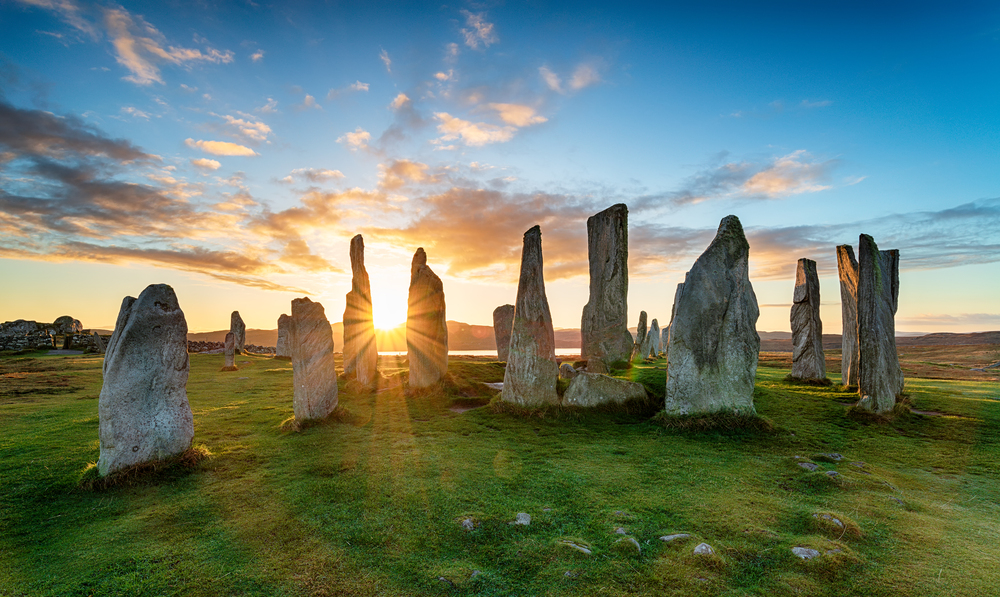
The Callanish Stones create Scotland’s most dramatic stone circle, with 13 towering monoliths arranged in a cross pattern that aligns with lunar cycles spanning 18.6 years. These 5,000-year-old giants rise from Lewis moorland like ancient skyscrapers, visible from miles away across peat bogs that perfectly preserve the footprints of their builders.
Local Gaelic speakers called them Na Fir Bhreige, ‘The False Men,’ believing they were giants turned to stone for refusing to convert to Christianity.
Orkney Mainland
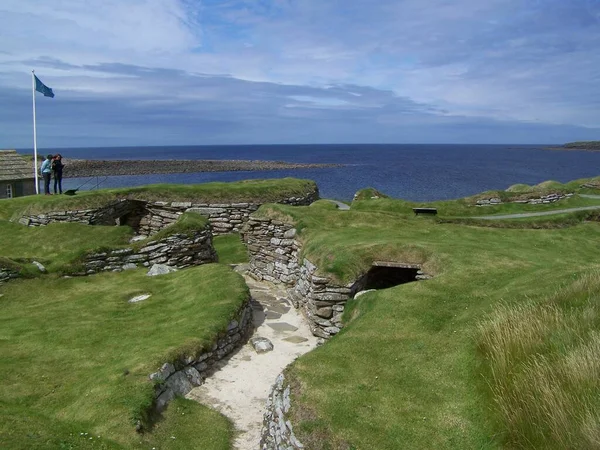
The Ring of Brodgar stands within a perfect circle of standing stones that once numbered 60, though only 36 survive the millennia of Atlantic storms. This UNESCO World Heritage Site sits on a narrow strip of land between two lochs, creating a natural amphitheater where Bronze Age communities gathered for ceremonies we can only imagine.
The nearby Stones of Stenness add to Orkney’s stone circle density, making this island the concentration point for Scotland’s most sophisticated prehistoric monuments.
Like Travel Pug’s content? Follow us on MSN.
Arran
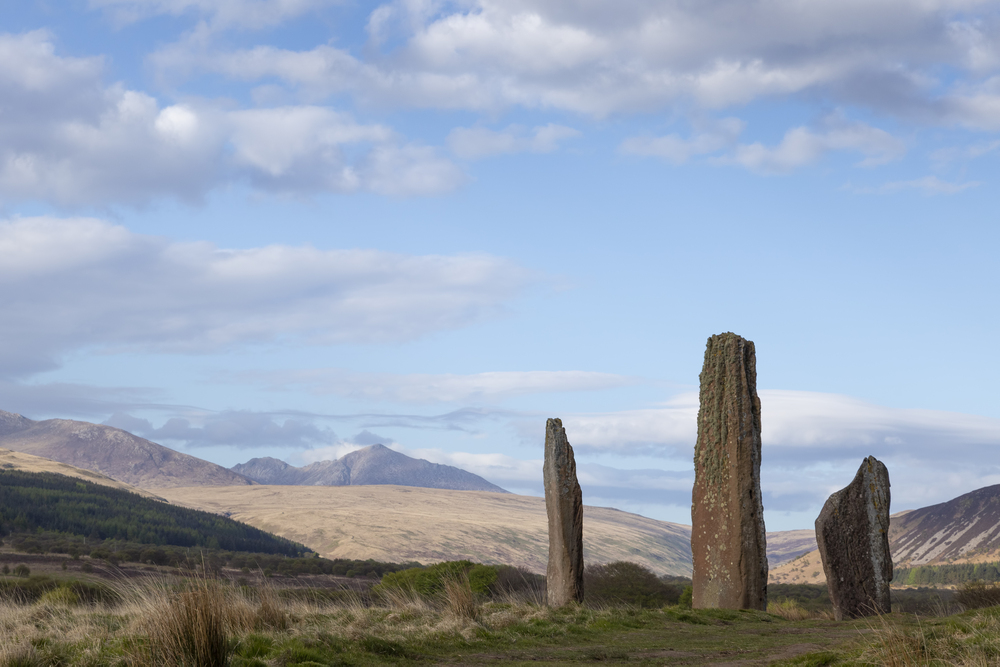
Machrie Moor hosts six stone circles scattered across heather-covered moorland where red deer still graze among monuments older than the pyramids. The circles range from tall granite pillars to low sandstone stumps worn smooth by 4,000 years of Highland weather, creating a prehistoric landscape that feels like an outdoor museum.
Local farmers discovered bronze axes and pottery fragments around the circles, suggesting these sites remained important for generations after their original builders disappeared.
Shetland Mainland

The scattered stones of multiple ancient circles dot Shetland’s windswept landscape, though most survive only as fragments that require archaeological imagination to reconstruct their original grandeur. These northernmost Scottish monuments endured Viking occupation and centuries of stone robbing by crofters who needed building materials for houses and field walls.
Recent archaeological surveys using ground-penetrating radar have revealed previously unknown circles buried under peat accumulations that protected them for millennia.
Harris
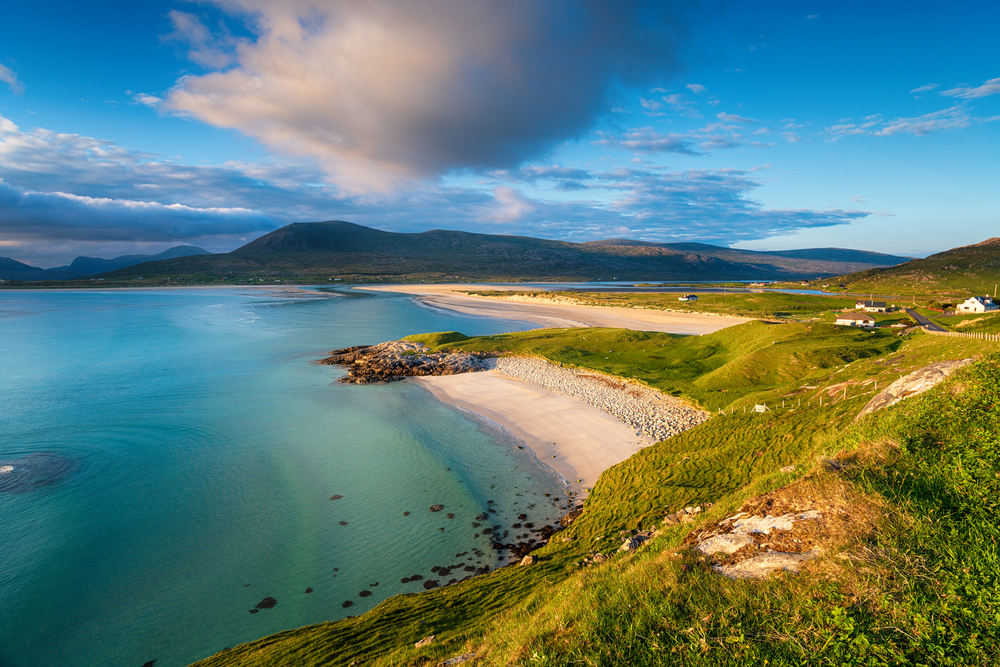
This mountainous island hosts several smaller stone circles that crown hilltops overlooking the famous white sand beaches that attract modern tourists. The monuments blend so seamlessly with Harris’s natural rock formations that visitors often mistake ancient worked stones for natural granite outcrops shaped by glacial action.
Traditional Gaelic storytellers maintained oral histories about these circles that survived into the 20th century, preserving fragments of prehistoric meaning that scholars still study today.
Like Travel Pug’s content? Follow us on MSN.
South Uist
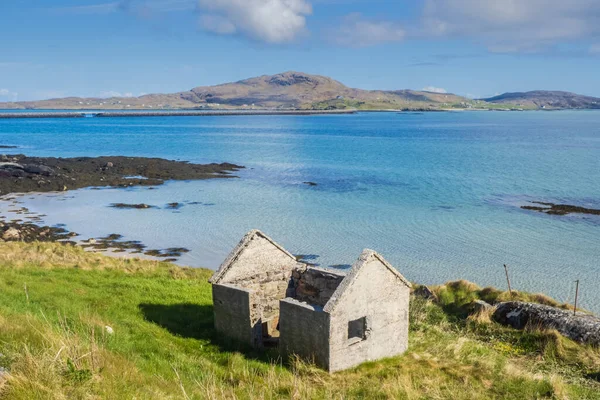
Pobull Fhinn stands as the Outer Hebrides’ best-preserved stone circle, where 22 granite slabs create an oval ring that frames views of the Atlantic horizon. The name translates as ‘Fingal’s People,’ connecting these prehistoric monuments to later Celtic legends about giant warriors who could throw boulders like pebbles.
Archaeologists discovered cremated remains and pottery shards within the circle, confirming its use as both a ceremonial site and a burial ground for Bronze Age island communities.
Skye

The island’s Trotternish Peninsula hosts stone circles that sit dramatically close to cliff edges where Atlantic swells crash hundreds of feet below the monuments. These coastal locations suggest Bronze Age builders deliberately chose spots where earth, sky, and sea converge in ways that still inspire awe among modern visitors.
Local folklore suggests that the circles served as gathering places where ancient clans convened to resolve disputes or arrange marriages between island communities.
North Uist
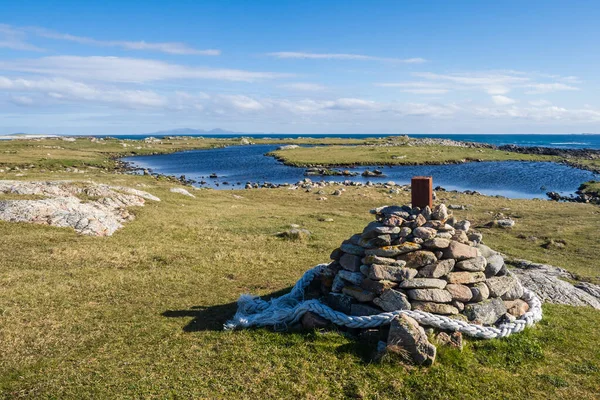
This flat, loch-studded island preserves stone circles that appear to float on landscapes where water and land blur together during winter storms. The monuments mark slightly elevated ground that stays dry when surrounding areas flood, demonstrating prehistoric knowledge about seasonal water patterns that modern crofters still respect.
Archaeological evidence suggests these circles remained active ceremonial sites well into the Iron Age, bridging prehistoric and Celtic cultural traditions.
Like Travel Pug’s content? Follow us on MSN.
Benbecula
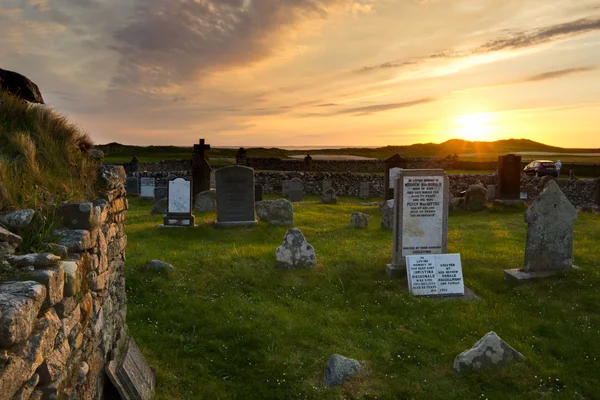
Between North and South Uist, this low-lying island is home to stone circles that have survived centuries of military use, when the British army established training ranges across the Hebrides. The monuments share astronomical alignments with circles on neighboring islands, suggesting coordinated construction by communities who maintained regular contact across dangerous sea channels.
Modern military activities have protected these sites from agricultural development that destroyed similar monuments elsewhere in Scotland.
Barra
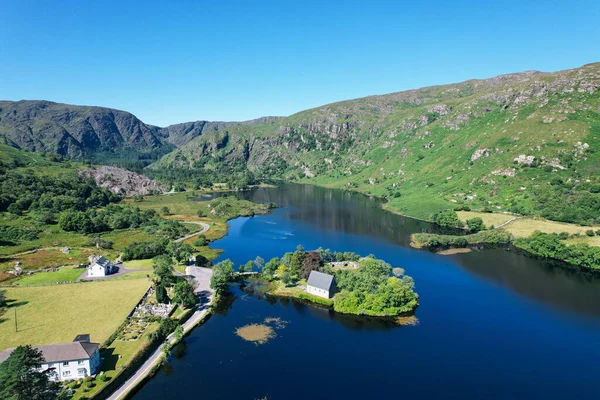
The southernmost major Hebridean island features stone circles that crown small hills overlooking beaches where traditional fishing boats still land their catches. These coastal monuments align with prominent peaks on neighboring islands, creating sight lines that helped ancient navigators find safe harbors during Atlantic storms.
Local Catholic traditions incorporated the ancient stones into Christian pilgrimage routes, demonstrating how newer religions adapted to rather than destroyed prehistoric sacred sites.
Tiree
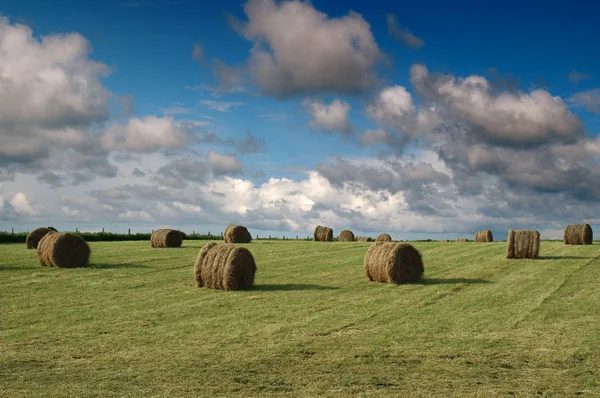
This flat, fertile island earned the nickname ‘Land Below the Waves’ from its low profile, yet it hosts stone circles positioned to catch views of distant mountain peaks on the Scottish mainland 30 miles away. The monuments mark the highest points on an island where a six-foot elevation gain provides commanding views across the Inner Hebrides archipelago.
Modern visitors can still experience the same expansive vistas that drew Bronze Age builders to these specific locations for their ceremonial activities.
Like Travel Pug’s content? Follow us on MSN.
Islay
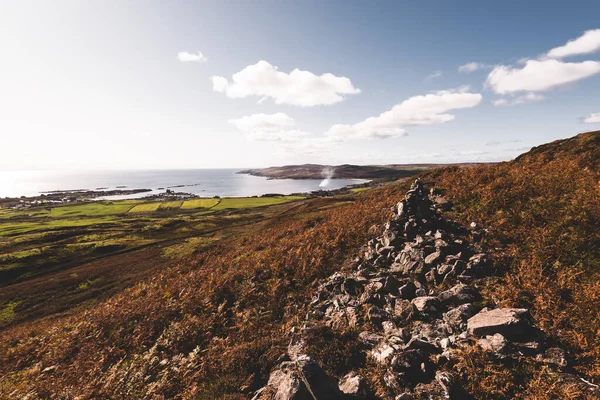
Famous for whisky distilleries, this island also preserves stone circles that demonstrate how Bronze Age communities chose sacred sites near reliable fresh water sources. The monuments cluster around springs and streams that modern distillers still use for their premium spirits, creating unexpected connections between ancient rituals and contemporary island industries.
Peat cutting for whisky production occasionally reveals previously unknown archaeological sites, adding discoveries to Islay’s prehistoric timeline.
Jura
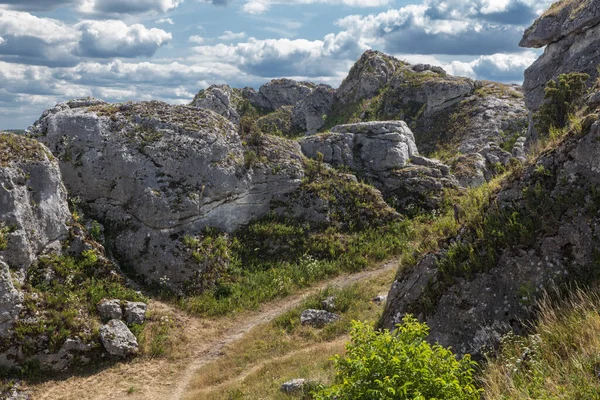
George Orwell’s retreat island features isolated stone circles that are accessible only through challenging hikes across landscapes that remain virtually uninhabited today. These remote monuments required significant effort to reach even during the Bronze Age, suggesting they served special ceremonial purposes that justified difficult journeys from more populated islands.
The circles align with prominent rock formations that serve as natural landmarks visible from great distances across the Sound of Jura.
Mull
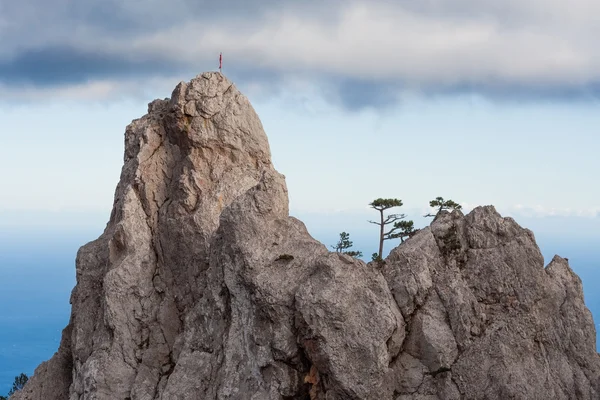
This large Inner Hebridean island features stone circles that take advantage of natural clearings in ancient oak forests, creating woodland sanctuaries where sunlight filters through canopies onto weathered monoliths. The forest setting protects from Atlantic storms while maintaining the sense of enclosure that seems important to stone circle design across Scotland.
Modern visitors often report feeling transported to prehistoric times when encountering these monuments in their original woodland contexts.
Like Travel Pug’s content? Follow us on MSN.
Iona
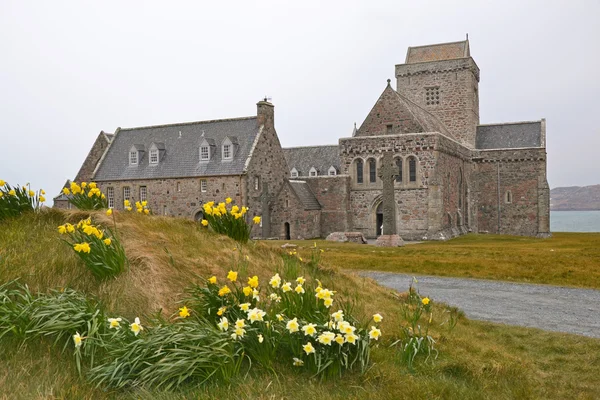
The sacred island where Celtic Christianity took root in Scotland also preserves pre-Christian stone circles that early monks incorporated into their monastery design rather than destroying. This continuity of sacred use spanning over 1,500 years demonstrates how religious traditions often build upon rather than replace earlier spiritual practices.
The circles occupy prominent positions overlooking the Sound of Iona, where countless pilgrims have arrived seeking spiritual experiences that transcend specific religious boundaries.
Stones Across Time and Tide
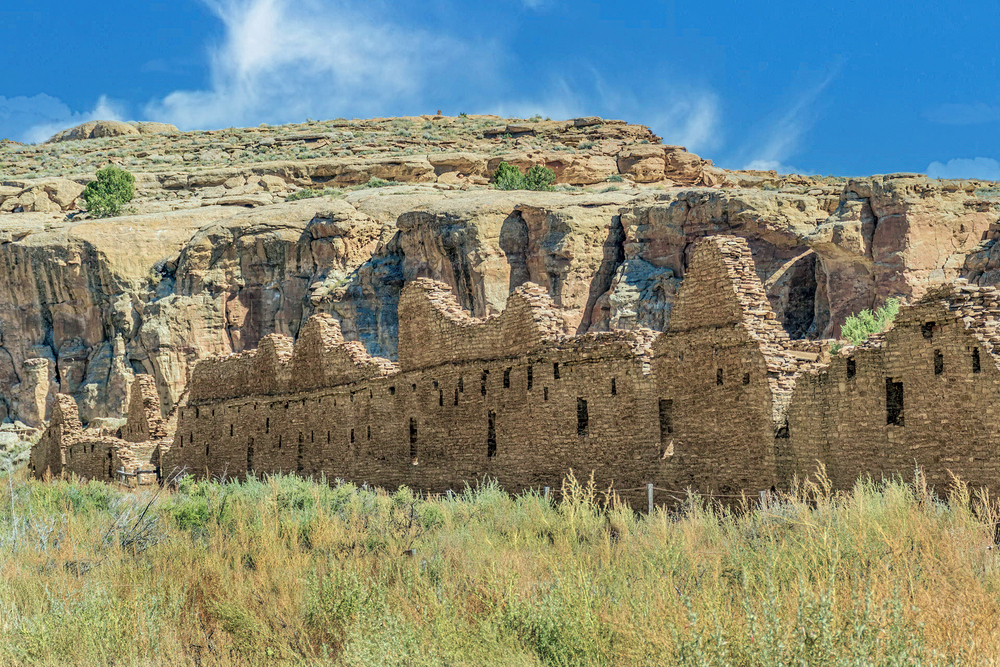
These island stone circles represent Scotland’s most enduring architectural achievements, outlasting castles, churches, and entire civilizations while maintaining their mysterious appeal across five millennia. While scholars debate their original purposes—astronomical observatories, ceremonial centers, burial grounds, or territorial markers—the monuments continue serving their most important function: connecting modern visitors to prehistoric ancestors who shared the same human need to mark significant places in meaningful ways.
More from Travel Pug

- 20 Best Beach Towns in the Carolinas
- 13 Destinations Where Tourists Regularly Regret Their Trip
- 20 Destinations That Are More Magical Without an Itinerary
- 20 Underrated Adventures That Belong on Your Travel List
- 20 Cities Where You Should Just Wing It, No Planning Required
Like Travel Pug’s content? Follow us on MSN.N.
